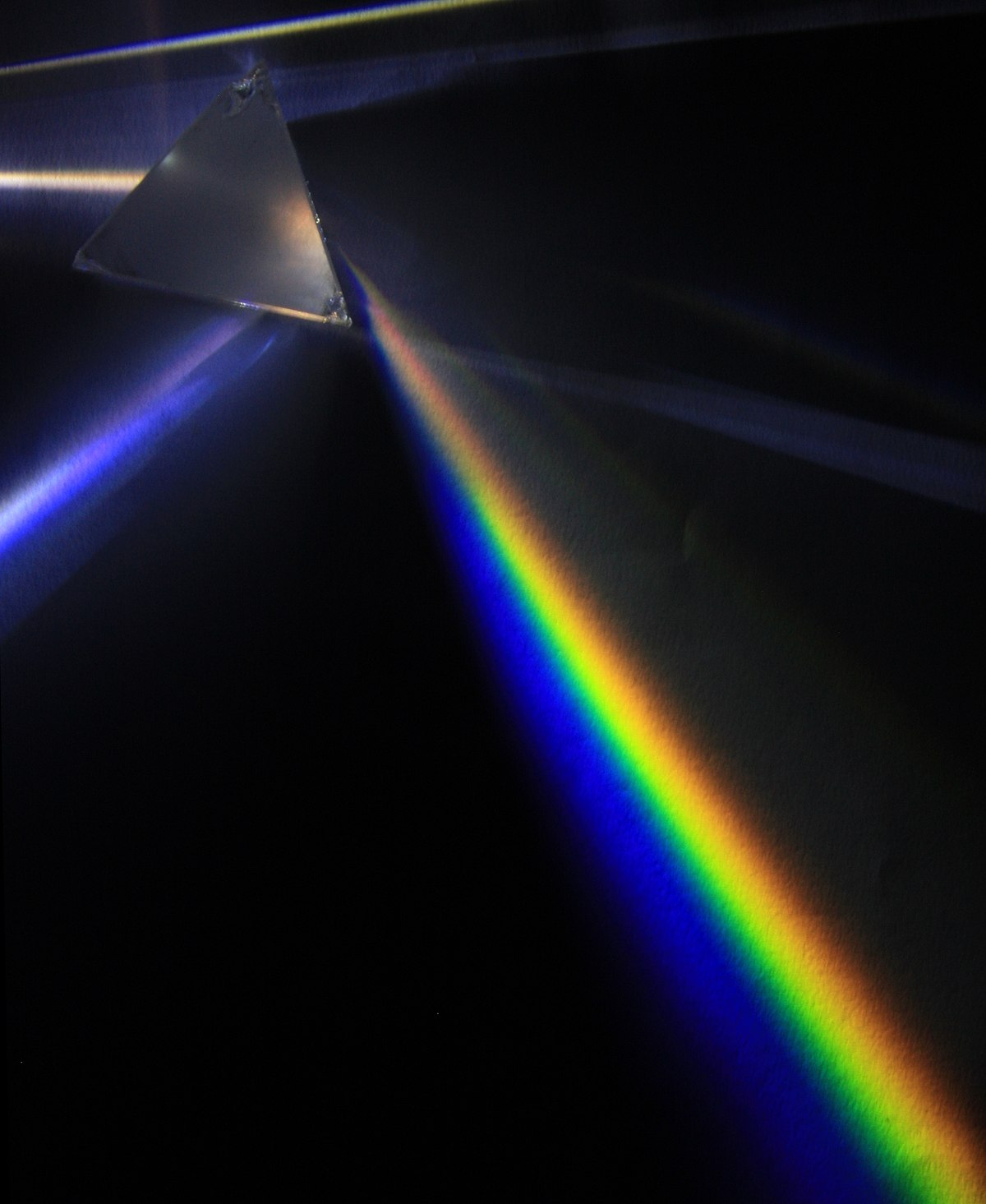This means that Earth is not orbiting around the Sun where it is in the present, but where it was 8 minutes and 20 seconds ago. We also see the Sun where it was at that time so there's no discrepancy between what we see and what we calculate. There's no mismatch between optical observation and gravitational position. However, it's all in the past by 8 minutes and 20 seconds. In a very real sense, we can say that Earth orbits a memory of our Sun and not its present position.
A more direct type of memory is the energy states of electrons bouncing around the atomic nucleus. An exited electron is a memory of a past event, namely the impact of an energizing particle, such as a photon. The absorption of energy is a type of memory, and the release of energy in the form of light is equivalent to forgetting. Visible light is in other words produced by a process in which electrons first remember and then forget.
More permanent memories are often stored in structures. Everything organic contain records of past events. Tree rings are perfect examples of this. They can be used to reconstruct climate events many centuries back in time. Each tree ring corresponds to a year. They tell us how warm and humid it was at a given time in the place where the tree grew. Trace chemicals can also tell us about forest fires and volcanic eruptions. Everything organic is in this way a memory.
On a more mysterious note, we have the strange ability of light to remember at what angle it entered a piece of glass. Contrary to popular belief, light does not diffract on entry into a prism. It refracts, but it doesn't split into multiple colours before on exit. This is such a mystery that many skip the issue all together when discussing physics. However, the issue can be resolved if we assume the existence of pilot waves. Such waves would be deformed on entry into a prism, functioning in this way as a memory of what happened. What happens at the exit can thus become a function of what happened on entry.
 |
| Diffraction |
Equally mysterious, but ignored pretty much entirely by everyone is the fact that moving objects know that they are moving, and in which direction they are moving. We know this to be true because a moving object will change its energy in response to an impulse. A steel ball moving in a given direction will know that it must lose energy when hit against its direction of motion, while it must gain energy when hit along its direction of motion. However, a steel ball is in a state of rest when moving freely. It doesn't know anything about its motion. How then does it know why it must gain or lose energy? This too is a mystery, and this too can be explained in terms of pilot waves.
 |
| Newton's cradle |
By DemonDeLuxe (Dominique Toussaint)
Memory is truly everywhere. Sometimes, it's easy to spot, like tree rings. Other times, it's a mystery. But for a work of physics to be complete, it must all be explained.


No comments:
Post a Comment